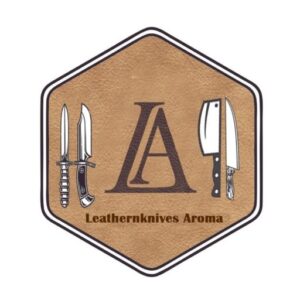Introduction:
Choosing the right chef knife can significantly impact your cooking experience. With so many options available, it can be overwhelming to find the perfect knife for your needs. This guide will walk you through the key factors to consider when selecting a chef sets knife, helping you make an informed decision that enhances your culinary skills.

- Understanding Chef Knives
- Chef knives, also known as cook’s knives, are versatile tools designed for a variety of kitchen tasks.
- They typically have a broad blade that curves upwards to a point, allowing for efficient chopping, slicing, and dicing.
- The blade length of chef knives usually ranges from 6 to 14 inches, with 8 inches being the most common choice for home cooks.
- Blade Materials
- Chef knife blades are commonly made from stainless steel, carbon steel, or a combination of both (known as laminated or clad steel).
- Stainless steel blades are resistant to rust and corrosion, making them low maintenance and ideal for everyday use.
- Carbon steel blades are known for their exceptional sharpness and edge retention, but they require more maintenance to prevent rusting.
- Laminated or clad steel blades offer the benefits of both stainless and carbon steel, with a stainless steel exterior for durability and a carbon steel core for sharpness.
- Blade Construction
- Chef knife blades can be either stamped or forged.
- Stamped blades are cut from a sheet of steel and tend to be lighter and less expensive, but they may not be as durable as forged blades.
- Forged blades are made by shaping heated steel with a hammer or press. They are generally heavier, stronger, and more balanced than stamped blades, but they can be more expensive.
- Handle Design
- Chef knife handles can be made from a variety of materials, including wood, plastic, stainless steel, and composite materials.
- The handle should feel comfortable and secure in your hand, with no sharp edges or uncomfortable pressure points.
- Look for a handle that is ergonomic and provides a good grip, even when wet.
- Blade Shape and Edge
- Chef knives come in different blade shapes, including straight, curved, and Granton (with hollowed-out indentations along the blade edge).
- The blade shape affects how the knife performs different tasks, so choose one that suits your cutting style.
- The edge of the blade should be sharp and maintain its edge well, requiring less frequent sharpening.
- Balance and Weight
- A well-balanced chef knife feels comfortable and stable in your hand, with the blade and handle evenly weighted.
- The weight of the knife is a personal preference, with some chefs preferring heavier knives for chopping through tough ingredients and others opting for lighter knives for precision slicing.
- Budget Considerations
- Chef knives come in a wide range of prices, from budget-friendly options to high-end, artisan-crafted knives.
- Consider how often you will use the knife and what features are most important to you when determining your budget.
Conclusion: Selecting the right Chef Knife Kitchen Set is a personal decision that depends on your cooking style, budget, and preferences. By understanding the key factors to consider, such as blade materials, construction, handle design, and blade shape, you can confidently choose a chef knife that enhances your culinary skills and brings joy to your kitchen.
